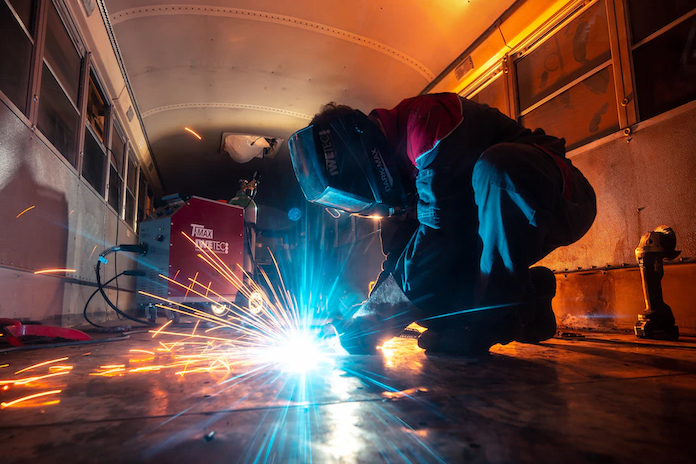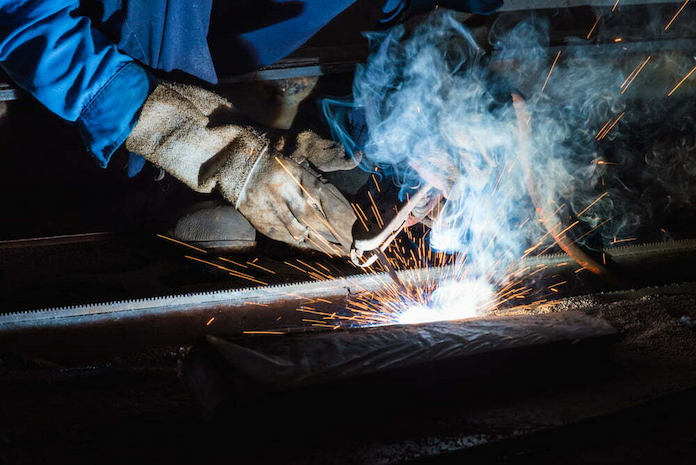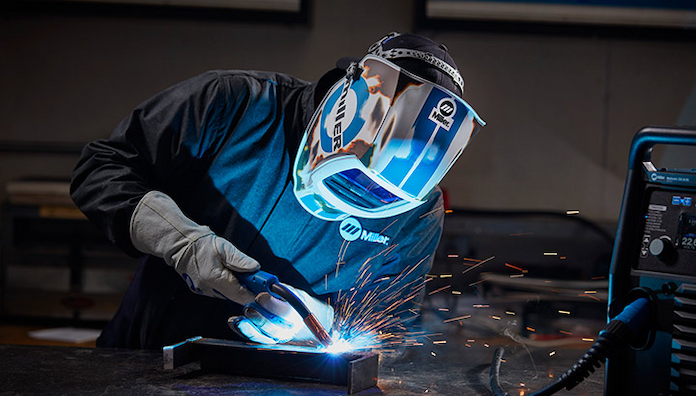
Welding is responsible for the creation of countless structures, from bridges and skyscrapers to cars and trains. It is an essential skill that has allowed the engineering field to flourish as it does today. However, despite its importance, welding remains one of the most difficult trades to learn.
No matter whether you’re a newbie or an experienced welder, your arc welder is your most valuable asset in welding. It’s the tool that will set up the weld and help you execute it properly. Therefore, if you want to be a good welder, it pays to know what the different types of welders are, how your welding machine works, and what to look for in a welder.
Types of Welders

There are 4 different types of welders available, including:
- Stick – this type of welder uses a direct current (DC), and its electrodes are made from metal rods or wires. It’s very affordable, but since it only has one electrode, it’s not ideal for large projects.
- TIG – this type of welder uses a direct current (DC) and has both an electrode and a filler wire that is made from copper or aluminium. It’s popular among welders who want to make intricate designs for their metalwork.
- MIG – the main difference between this machine and other welders is its use of hot gas as part of the welding process. The hot gas helps separate the welding materials, making it easier for you to create a solid weldment.
- Plasma – plasma arc welding, or PAW, is an advanced form of MIG welding that uses gas to help separate the metalwork and also provides additional heat during welding. It’s popular among industrial manufacturers because it allows them to precisely control their parts and welds.
How Arc Welding Works

Below is a guide on how an arc welder functions:
The process starts with connecting the power cable from the generator or transformer to the machine. Next, you switch on the power source and wait for its current to flow through the cables and into the metal workpiece. When the current passes through the metal, it creates a spark or arc. This is where the welder’s control panel comes in handy. The controls consist of a power switch and an on/off button for the welding current. You use these controls to adjust the amount of current that passes through the workpiece, as well as its speed.
As soon as you have set up your welder correctly, you can start working on your project. First, place your material into position. When you’re ready, turn on the welding current and pass a small amount of current through the metal. The arc will form, heating up the material until it melts into one piece with your workpiece. This is where you come in – you must keep moving the gun back and forth to spread out the molten metal and create a solid weldment.
When you’re finished welding, turn off your generator or transformer and unplug its power cord from the outlet. Remove any leftover materials from the welder’s workspace and store it away in a safe place.
Now that you know how an arc welder works, I’m sure you can understand why it’s important to use the right equipment for each job. A simple mistake like using a welding machine with insufficient current or poor control can result in a burnt weldment.
Features to Consider in Arc Welders

With so many arc welder models available nowadays, how do you choose the right one for your needs? Well, there are certain features and characteristics to look for, such as:
- Welding capacity – this refers to the amount of current that can be passed through the metalwork at one time. The welding capacity of your machine should match or exceed the amount of current needed for your project.
- Duty cycle rating – this is the maximum amount of work you can expect from your welder in an hour. If you’re planning on working continuously, look for a model with a high-duty cycle rating so it won’t overheat and burn out.
- Weight – lighter models are easier to carry around, but they might have less welding capacity and duty cycle rating.
- Price – there are plenty of affordable arc welders out there, so don’t feel like you’re limited by your budget when shopping for one. All these features make choosing an arc welder a lot more complicated than it sounds. The only way to really know which one is best for you is to read reviews by people who have actually tried out the models that interest you, or by professionals in their field.
Once you’ve decided on a model, make sure you get everything that comes with it: welding cables, gas tanks and chipping hammers. These are some of the accessories that most welders come with, but not all of them do. You might even want to invest in an auto-darkening helmet, which is a good safety feature to have.















